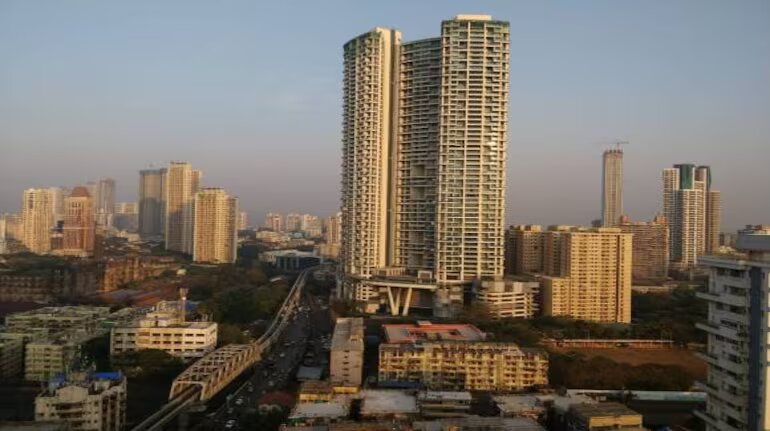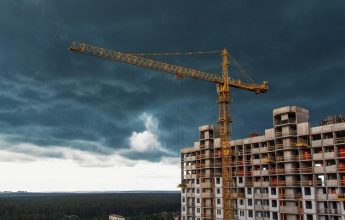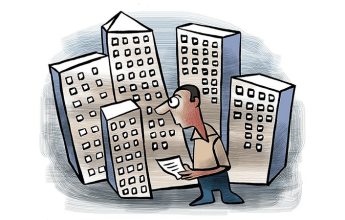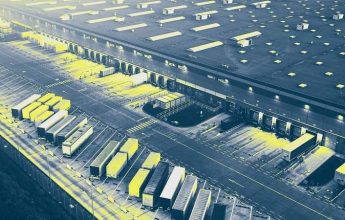Explained: Is Mumbai’s rising air pollution level due to increased construction activity?

Explained: Is Mumbai’s rising air pollution level due to increased construction activity?
The rise in air pollution levels in Mumbai has turned worrisome for the authorities, with even the Central government writing to the Maharashtra government expressing concern over the same.

Mumbai air pollution: At 3.10 pm on October 30, the overall AQI in Mumbai was moderate at 139, down from over 250 between October 20 and 22. The latter level is deemed poor and should be of concern to individuals who have respiratory problems.
The Union government wrote to the Maharashtra government about the matter because the country’s financial hub, Mumbai, is seeing an increase in air pollution. Moneycontrol investigates if the increase in air pollution levels in the city is primarily due to the surge in real estate and infrastructure projects under way, as many people believe.
Has the state government’s 2021 announcement of a 50% premium (fees for approval) waiver resulted in a more than twofold increase in construction activity?
On January 6, 2021, the Maharashtra government approved a plan to cut premium fees on real estate developments in half through December 31, 2021. Developers who wished to take advantage of the initiative, however, had to pay the full amount of stamp duty and registration fees on behalf of the buyers.
What is a premium?
In Mumbai, a developer must ultimately pay the authorities 32 different kinds of premiums. Real estate developers estimate that these premiums account for 20 to 30 percent of the project cost. Payments made to allow building restrictions or additional development for a specific project are included in premiums.
Also read: Kanakapura property prices set to rise after Dy CM proposes its integration with Bengaluru
How much pollution do real estate projects cause in Mumbai?
A letter from the Maharashtra Pollution Control Board to the Ministry of Environment and Forests states that the pollution is caused by more than only real estate developments.
The Union government recommended in the letter dated October 26 that roads be cleaned every day using recycled water, that garbage burning be observed (noting that it was common), and that regulations pertaining to real estate and large-scale infrastructure projects be closely monitored to ensure they are being adhered to in their entirety.
The goal for the authorities is to increase the amount of greenery, such as parks and open areas. A significant amount of trees have been taken down in the previous four years to make room for infrastructure projects like the Mumbai Metro and Bullet Train Project. According to the letter, trees are essential for reducing air pollution because they collect suspended particulate matter.
The national government also stated that’stay-at-home’ recommendations and emergency protocols could be implemented. The letter also stated that such behaviors may be controlled and that monitoring will improve with improved data gathering. To find the pollution sources, the Union government has also proposed wind pattern analysis.
Also read: Mumbai developers seek relaxation on govt charges for over 100 delayed projects approved in 2021
What do developers have to say?
The Mumbai real estate developers’ association, the Maharashtra Chamber of Housing Industry, has stated that it sent out recommendations to all of its members well in advance of the Brihanmumbai Municipal Corporation’s directives to reduce air pollution.
According to Keval Valambhia, the Chief Operating Officer (COO) of the Maharashtra Chamber of Housing Industry, “the installation of air quality monitoring equipment, sprinkler systems, and other measures are not just recommendations but essential steps to combat air pollution effectively.”
According to him, there were additional elements that have contributed to air pollution in addition to real estate projects. The communication from the Central government to the Maharashtra government makes this obvious.
“At the same time, we are not washing our hands off our responsibility towards sustainability and the environment,” Valambhia added.
Construction activity and air pollution
Founder Project Director of the System of Air Quality and Weather Forecasting and Research (SAFAR) India and Chair Professor at the National Institute of Advanced Studies at the Indian Institute of Science, Bengaluru, Dr. Gufran Beig stated that 26 percent of construction-related pollution in Mumbai is caused by particles with a diameter of 10 micrometers or less, or PM 10) and 15 percent by PM 2.5.
Nonetheless, Mumbai’s air pollution is caused by a number of other sources in addition to construction activities. According to Beig, “larger particle sources must be the reason why the AQI (air quality index) in Mumbai is rising with PM 10 as lead particles, causing poor visibility and poor air quality.”
He went on, “Big-ticket infrastructure projects may be to blame for the surge in AQI since construction dust is a major source of coarser particles. Due to the arrival of winter and the lowering of the temperature due to an inversion layer, Mumbai’s air quality is predicted to remain problematic for the next two months. In Mumbai, the effects of the winter season diminish after January, according to Beig.
Also read: 5 real estate micro markets homebuyers should watch out
At 3.10 pm on October 30, Mumbai’s total AQI was moderate at 139, down from above 250 between October 20 and 22—a level deemed poor and worrisome for individuals with respiratory conditions.






